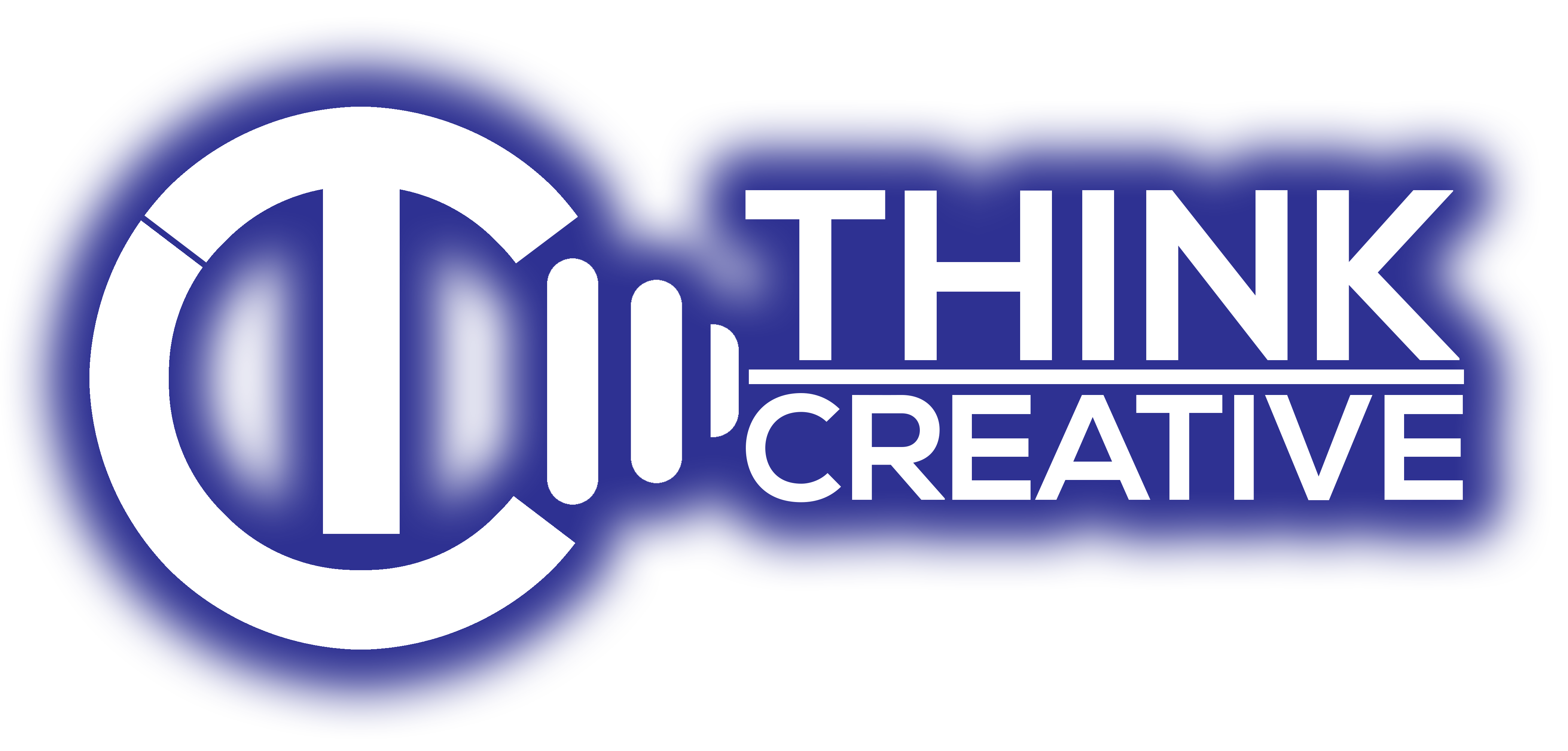Search Engine Optimization (SEO) is a dynamic field, with Google constantly updating its algorithms to improve user experience and deliver relevant search results. Staying informed about the latest updates is crucial for digital marketers, SEO professionals, and website owners to maintain and improve their search rankings. In this blog, we’ll explore the most recentGoogle SEO updates and provide actionable strategies to adapt and thrive in the ever-evolving landscape of search engine optimization.
Core Web Vitals Update
Google’s Core Web Vitals update emphasizes the importance of user experience in ranking websites. The update focuses on three main factors:
- Largest Contentful Paint (LCP): Measures loading performance. Aim for an LCP of 2.5 seconds or faster.
- First Input Delay (FID): Measures interactivity. Strive for an FID of 100 milliseconds or less.
- Cumulative Layout Shift (CLS): Measures visual stability. Aim for a CLS score of 0.1 or less.
Strategy: Optimize your website’s loading speed, interactivity, and stability. Use tools like Google’s PageSpeed Insights to identify areas for improvement.
Passage Ranking Update
Google’s Passage Ranking update allows the search engine to index individual passages from a web page, making it easier to surface relevant content for specific queries.
Strategy: Focus on creating well-structured, informative content with clear headings and subheadings. Ensure that each section of your content can stand alone and provide value.
Mobile-First Indexing
Google has fully implemented mobile-first indexing, meaning it primarily uses the mobile version of a website’s content for indexing and ranking.
Strategy: Ensure your website is mobile-friendly with responsive design, fast loading times, and easy navigation on smaller screens.
Product Reviews Update
The Product Reviews update aims to promote high-quality, in-depth reviews over thin content that simply summarizes a list of products.
Strategy: Create detailed product reviews that provide valuable insights, personal experiences, and comparative analysis. Focus on content that helps users make informed decisions.
Link Spam Update
Google’s Link Spam update targets websites using spammy link-building practices to manipulate rankings.
Strategy: Focus on building natural, high-quality backlinks from reputable sources. Avoid purchasing links or participating in link schemes.
E-A-T and YMYL
Expertise, Authoritativeness, and Trustworthiness (E-A-T) remain crucial for Your Money or Your Life (YMYL) websites, which impact users’ health, financial stability, or safety.
Strategy: Ensure your content is created by experts in the field, backed by credible sources, and regularly updated to maintain accuracy.
Conclusion
Staying up-to-date with Google’s SEO updates is essential for maintaining and improving your website’s search rankings. By focusing on user experience, creating high-quality content, and adhering to ethical SEO practices, you can navigate the latest updates successfully and ensure your website remains visible and relevant in search results.
Tips for Staying Updated
- Follow Google’s Official Channels: Keep an eye on Google’s Webmaster Central Blog and Twitter account for official announcements.
- Use SEO Tools: Leverage tools like SEMrush, Ahrefs, and Moz to monitor your website’s performance and stay informed about algorithm changes.
- Join SEO Communities: Engage with SEO forums and communities to discuss updates and share strategies with other professionals.
By staying informed and adapting your SEO strategies to the latest updates, you can ensure your website continues to thrive in the ever-evolving world of search engine optimization.


Recent Comments